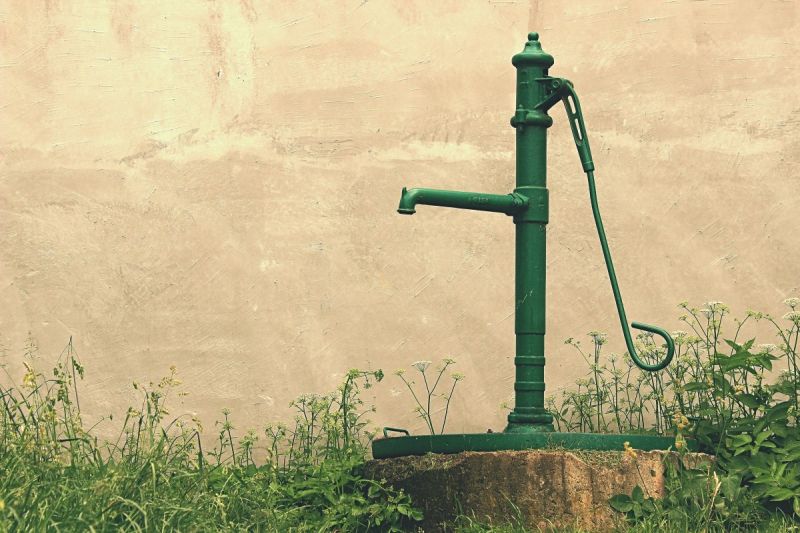Only 36% of Pakistan Population has Access to Safe Drinking Water
Published on by Water Network Research, Official research team of The Water Network in Academic
Only 36 percent of the Pakistani population on average, including 41% in urban areas and 32% rural areas, has access to safe drinking water in the country, a report by the World Health Organisation
(WHO) revealed.

Source: PxHere
Results of the water-quality monitoring efforts by the Pakistan Council of Research in Water Resources (PCRWR) indicate that 69 to 85% of collected samples of water were contaminated.
The Ministry of Science and Technology has established 24 water-quality monitoring laboratories all over the country to check quality of water on the provided samples, a ministry official told APP.
He said that the poor quality of drinking water has forced a large cross-section of citizens to buy bottled water. As a consequence, a mushrooming of bottled water industry in the country has been witnessed during the last few years.
Many mineral/bottled water companies, however, were found selling contaminated water.
To monitor and improve the quality of bottled water, the government through Ministry of Science and Technology has designated the task to PCRWR for quarterly monitoring of bottled/mineral water brands and publicise the results.
According to the monitoring report for the quarter from July to September, 2017, 104 samples of mineral/bottled water brands have been collected from Islamabad, Rawalpindi, Sialkot, Peshawar, Multan, Lahore, Quetta, Bahawalpur, Tandojam, Karachi and Muzaffarabad.
Read full article: Geo.tv
Media
Taxonomy
- Drinking Water Security
- Drinking Water Treatment
- Sanitation
- Water & Sanitation
- Sanitation & Hygiene
- Sanitation & Hygiene
- Drinking Water Managment
- Drinking Water
- Water Sanitation & Hygiene (WASH)